22. September 2017
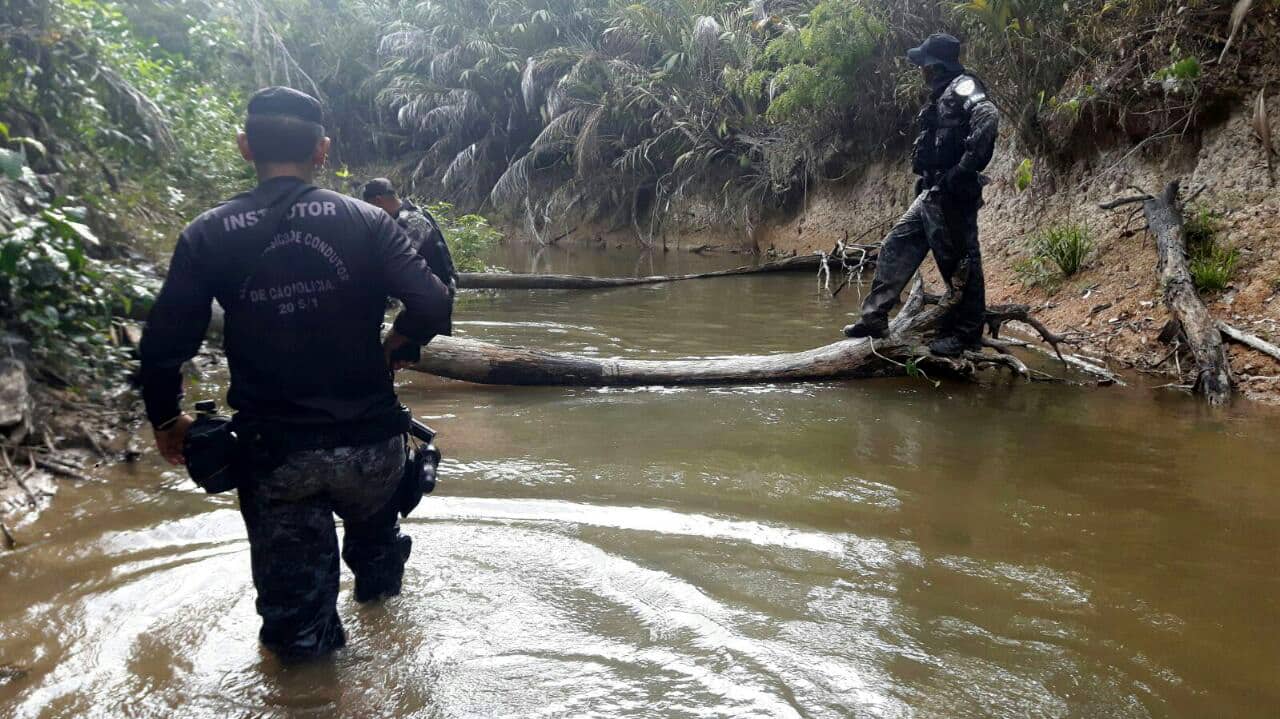
amazoniareal.com.br
In the beginning of September 2017, an unnamed patron at a local Brazilian bar overheard the horrifying details of something no one could imagine. When the story came to light, many people couldn’t believe what they were hearing. The worst part about it was, the appalling acts you’re about to hear were taken out on a group of innocent people, who happened to be a never before contacted Amazonian tribe.
21. The Tribe

www.survivalinternational.org
But before we dive deeper into the details of the investigation, it’s important to note the history of these people and the lands that they come from. Survival International defines uncontacted tribes as: “Tribal peoples who have no peaceful contact with anyone in the mainstream or dominant society. These could be entire peoples or smaller groups of already contacted tribes”. These people are mysterious to many, yet knowledge from their cultures have benefited us all for a long time.
20. Knowledge of Uncontacted Indigenous People
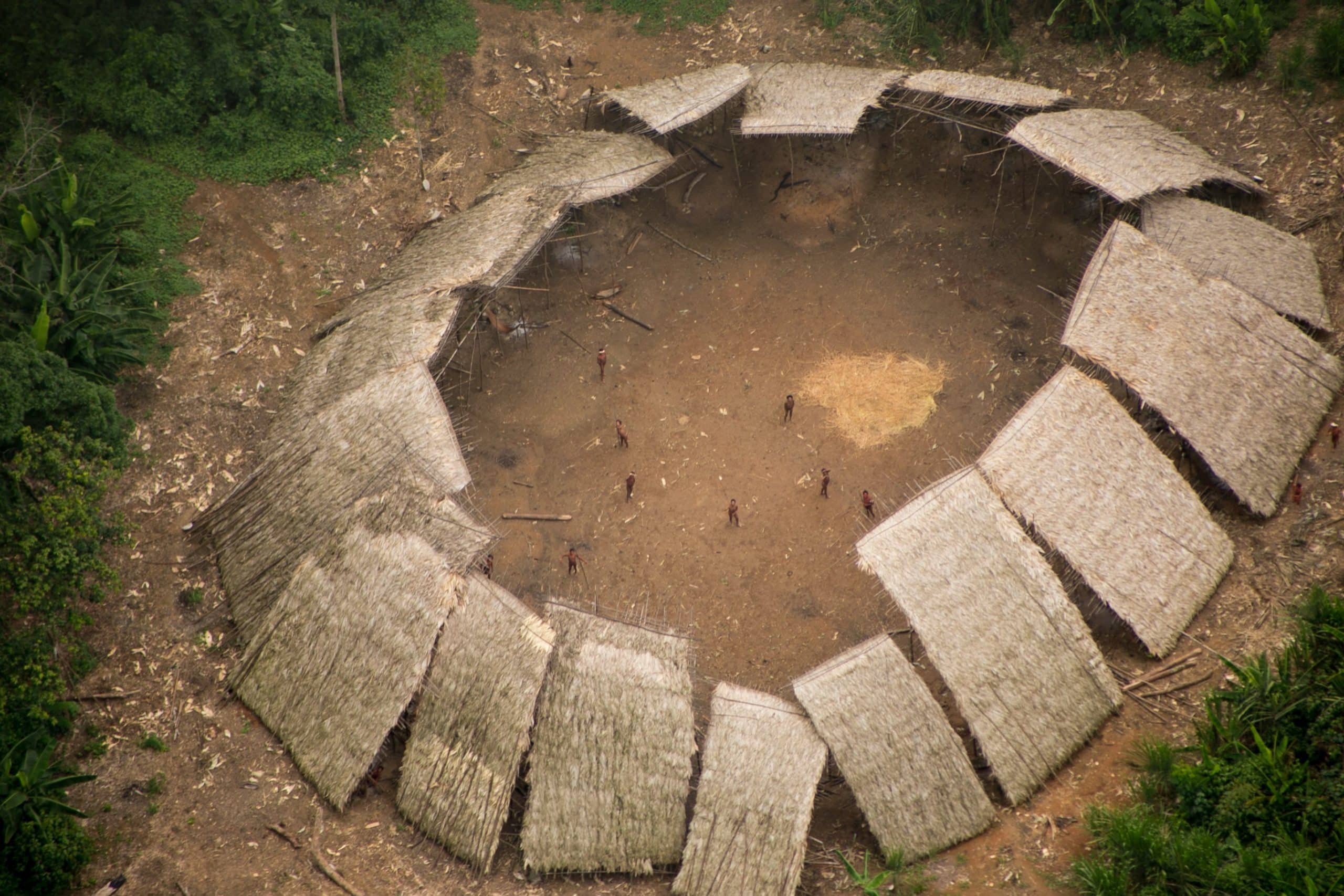
forbes.com
Uncontacted indigenous people also possess incredibly valuable knowledge that has been developed and passed down throughout thousands of years. According to Survival International, their understanding could bring us great insight, “They have an acute understanding of their natural world through botanical and zoological wisdom and demonstrate unique solutions to sustainable living. Many of the drugs used in Western medicine originate with tribal people and have saved millions of lives. Uncontacted tribes are likely to hold the key to many more secrets of their forest”.
Researchers believe tribal peoples are the best guardians of the natural world, and evidence proves that tribal territories are the best barrier to deforestation from outside forces. Not only are these people entirely innocent, but they prevent deforestation simply by living respectfully with mother nature, which is why the violence against them is so utterly shocking.
19. History of Uncontacted Tribes of the Amazon
 g1.globo.com
g1.globo.com
The Amazon and its people have been subject to exploitation from outside forces since the early 16th century when European explorers came over for Brazil’s abundance of natural resources. The Gold Rush and Rubber Boom being two of the most notable occasions when outsiders came in and used the natural resources of the area for profit. It is estimated that at least 20% of the Amazon has been destroyed by illegal mining and deforestation in pursuit of these and many other natural resources. The Amazon is not only rich in natural resources, but researchers estimate that it is also home to over 100 uncontacted tribes today.
18. Uncontacted Tribes, Fleicheros, and Outsiders
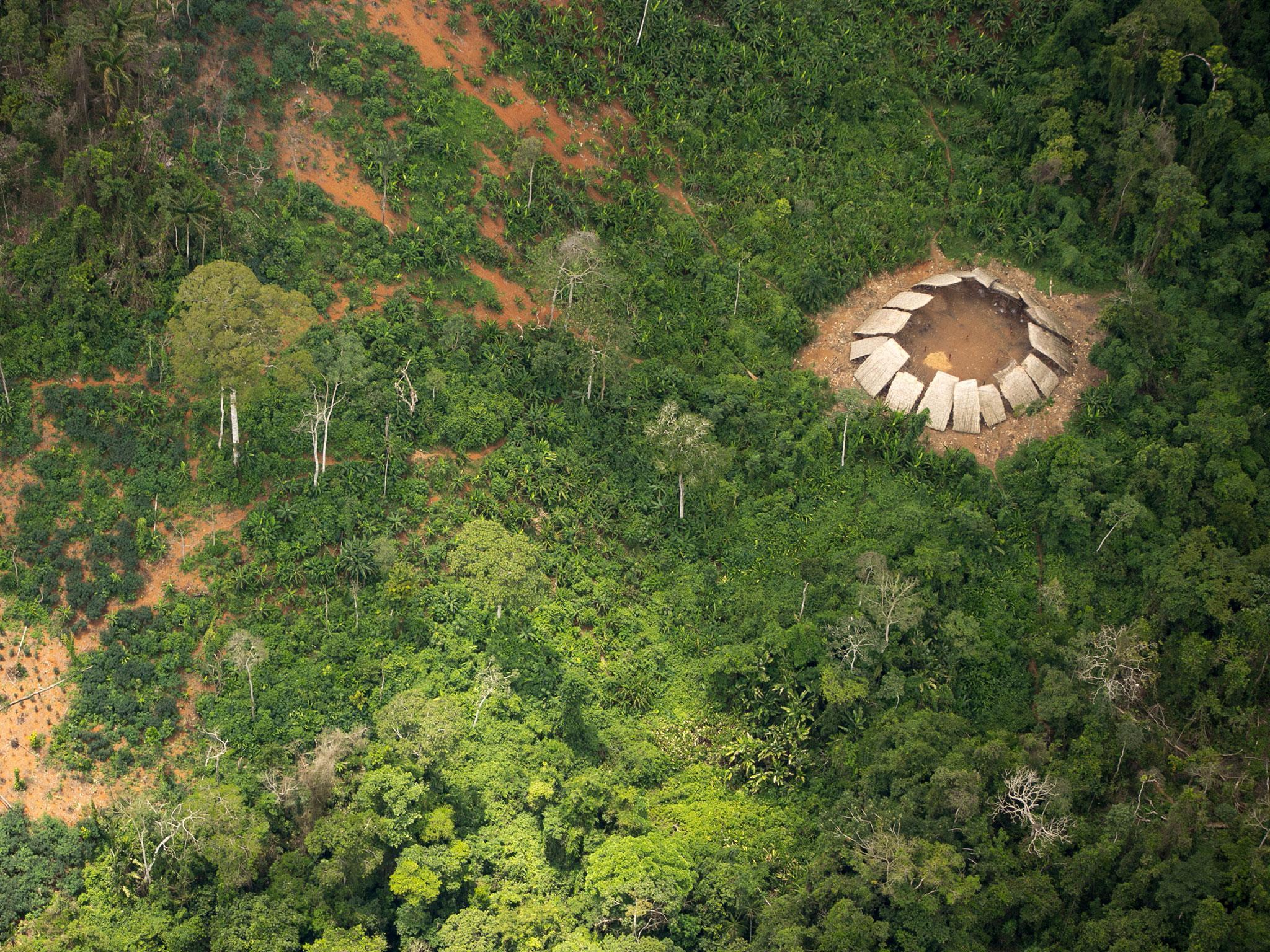
www.survivalinternational.orgIn some cases, government or police agents have been blamed for the violence. The authorities are investigating one police raid in the Amazon region that ended with 10 activists being killed. No officers were injured.
According to the New York Times, With land disputes on the rise in many remote areas of Brazil, indigenous groups, rural workers, and land activists have all been targeted by violence. More than 50 people had been killed as of the end of July, compared with 61 in all of 2016, according to the Land Pastoral Commission.
The uncontacted tribe connected to the incident in September 2017 are known locally as Fleicheros or “the ones who throw arrows”.
17. Who Protects the Amazonian Uncontacted Tribes?
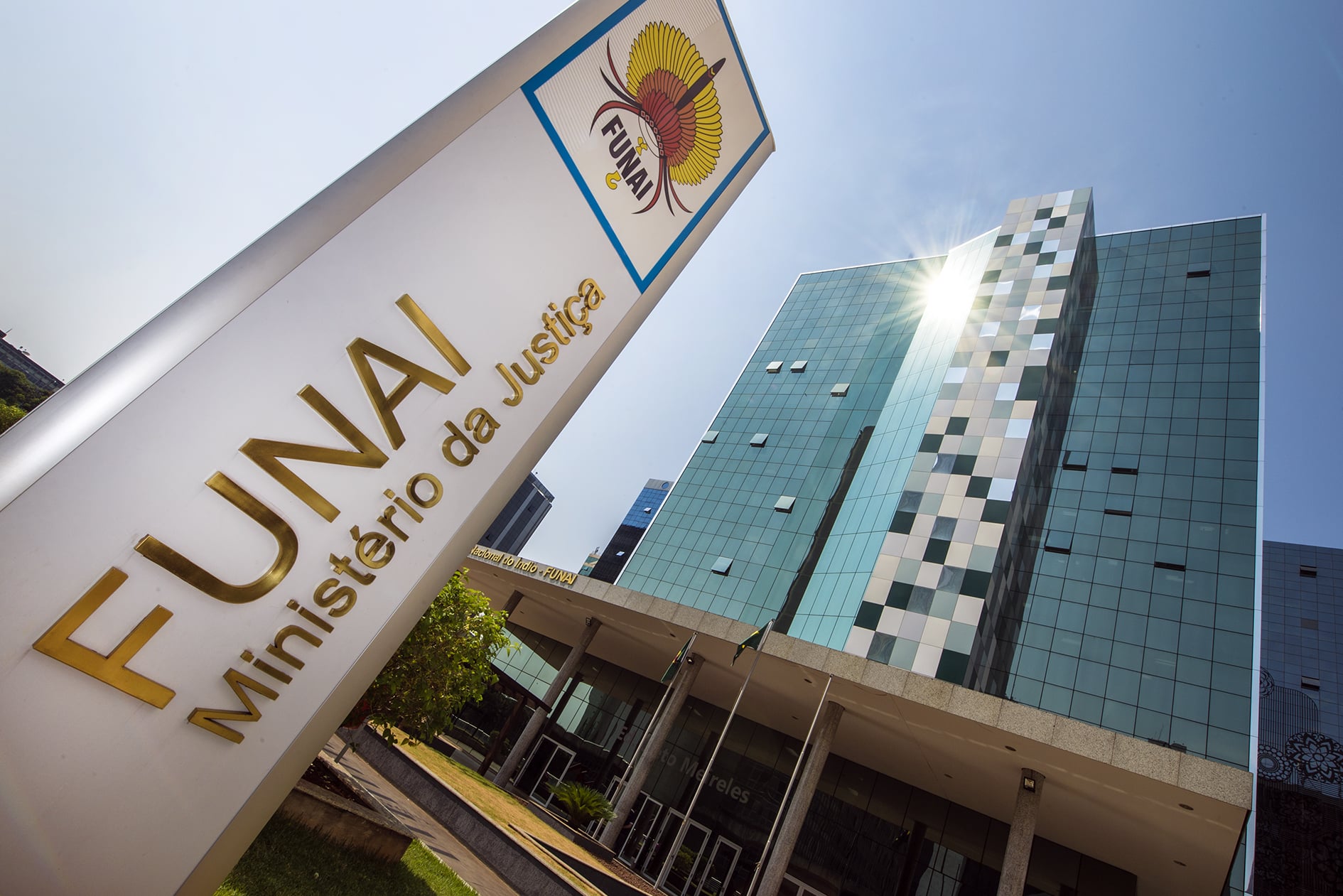
www.concursosnobrasil.com
Brazil’s National Indian Foundation- FUNAI, is the largest organization in Brazil that is directly responsible and appointed by the Brazilian government for the protection of indigenous people as well as uncontacted indigenous people. However, within the last year, FUNAI has faced numerous obstacles in continuing to provide protection to these tribes.
16. The Brazillian Government and Uncontacted Tribes

amazoniareal.com.br
President Michel Temer has faced a lot of heat for violence against these tribes, especially after cutting funding organizations such as FUNAI in April 2017. He also opened up various Amazon reserves to miners which have resulted and in heavy criticism by a wide range of groups, “We had problems with previous governments but not like this,” said Leila Silvia Burger Sotto Maior- a FUNAI coordinator- to the New York Times.
“[T]he government’s open support for those who want to open up indigenous territories is utterly shameful, and is setting indigenous rights in Brazil back decades”, said Stephen Corry, the director of tribal rights organization Survival International. What happened in Septemeber of 2017 seems like a story from decades ago, and how sad it is that it’s still happening in the present day.
15. The Recording

www.survivalinternational.org
The audio recording that was handed over to Brazilian authorities by this unnamed bar patron, captures several illegal miners or “garimpeiros”- as the locals call them, boasting about how they came across at least 10 uncontacted indigenous tribe members and wiping them out completely. “The tribe members were greater in number– there were as many as 10– but the gold miners said they’d gotten the best of them and killed the entire lot,” said Carla de Lello Lorenzi, Communications Officer for Survival International- an indigenous people’s advocacy group that centers their work around uncontacted tribes.
The details of the massacre and the events that followed it, are truly disturbing and will have you protesting for more protection for the Amazon and its peoples.
14. The Horrific details

www.survivalinternational.org
Authorities note that from this recording the miners carved the bodies of the massacred tribe members so that they would sink into the river bed when they disposed of them in the nearby Jandiatubu River. The miners not only disposed of the bodies but looted the tribe’s property for valuables such as jewellery and tools.
As horrifying as this incident is, unfortunately, incidents such as these are all too common for the indigenous and uncontacted indigenous people of Brazil and many fear that even more incidents like these have been going on unreported.
13. How Could This Happen?
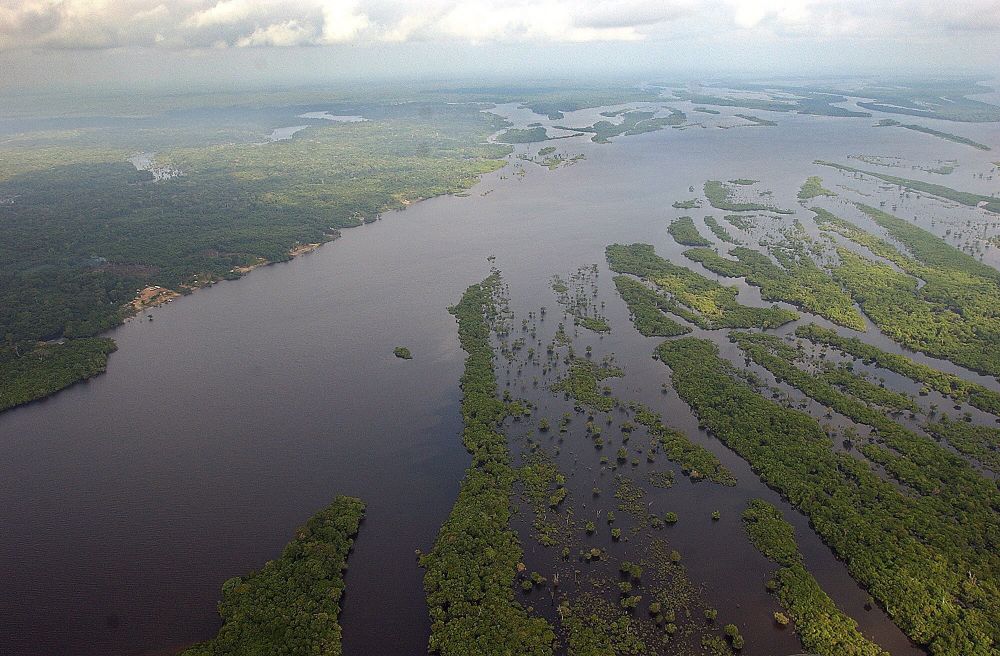
inambari.org
Many look to the issues that FUNAI has been facing as a possible cause for any violence against the tribes. In April of 2017, lack of federal funding forced FUNAI to shut down 5 of its bases that were being used to defend and monitor uncontacted tribes. “The slashing of FUNAI’s funds has left dozens of uncontacted tribes defenseless against thousands of invaders – gold miners, ranchers, and loggers – who are desperate to steal and ransack their lands,” said Stephen Corry, the director of tribal rights organization Survival International.
Now only 14 bases remain and even those 14 bases have been hit with drastic staffing cuts. Three of the five bases that were shut down were in the Javari Valley – a 33,000 square mile territory in remote western Brazil. This territory is also the 2nd largest reserve in the entire country where more than 100 uncontacted tribes are believed to live there which is more than anywhere else on the planet.
12. The Difficult Investigation
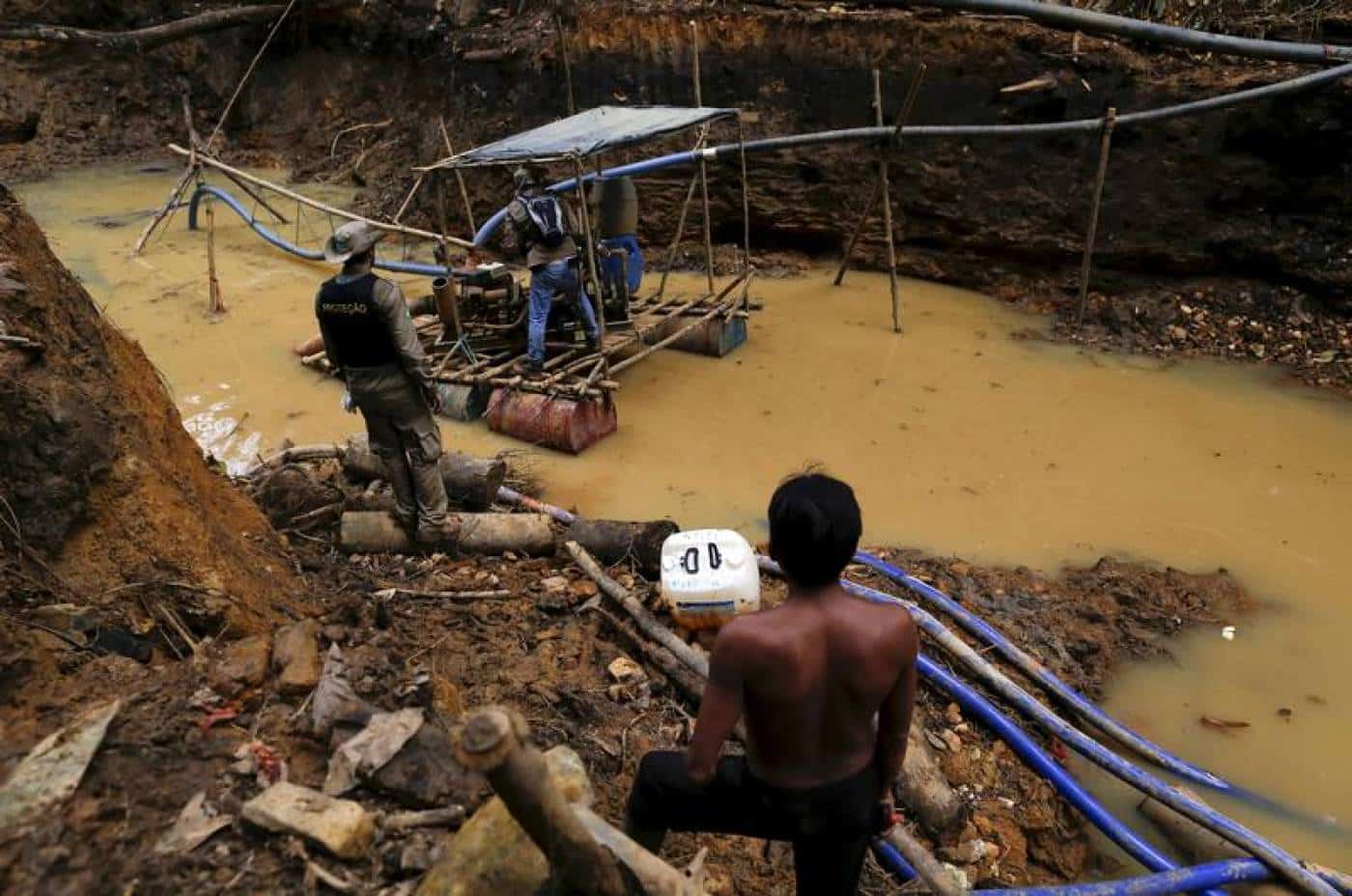
www.nytimes.com
Details of the September 2017 massacre, similar to other crimes towards uncontacted tribes, are often extremely difficult to obtain as many of these communities are extremely isolated. Many researchers note that reaching these communities can take up to a 12-hour boat ride down river, and once reached the community members are often distrustful towards outsiders. “We are following up but the territories are big and access is limited,” said Lead prosecutor Pablo Luz De Beltrand. Even FUNAI has very sporadic information about these uncontacted tribes, but the investigated continues as they are determined to stir up leads.
11. The Scope of the Investigation

www.nytimes.com
Survival International claims that the incident could have wiped out a significant portion of the uncontacted tribe. “If the investigation confirms the reports it will be yet another genocidal massacre resulting directly from the Brazillian government’s failure to protect isolated tribes–something that is guaranteed in the constitution,” said Survival International campaigner Sara Shenker. If this event happened in a more developed area, the media would be in an uproar.
10. Michel Temer and the Amazon
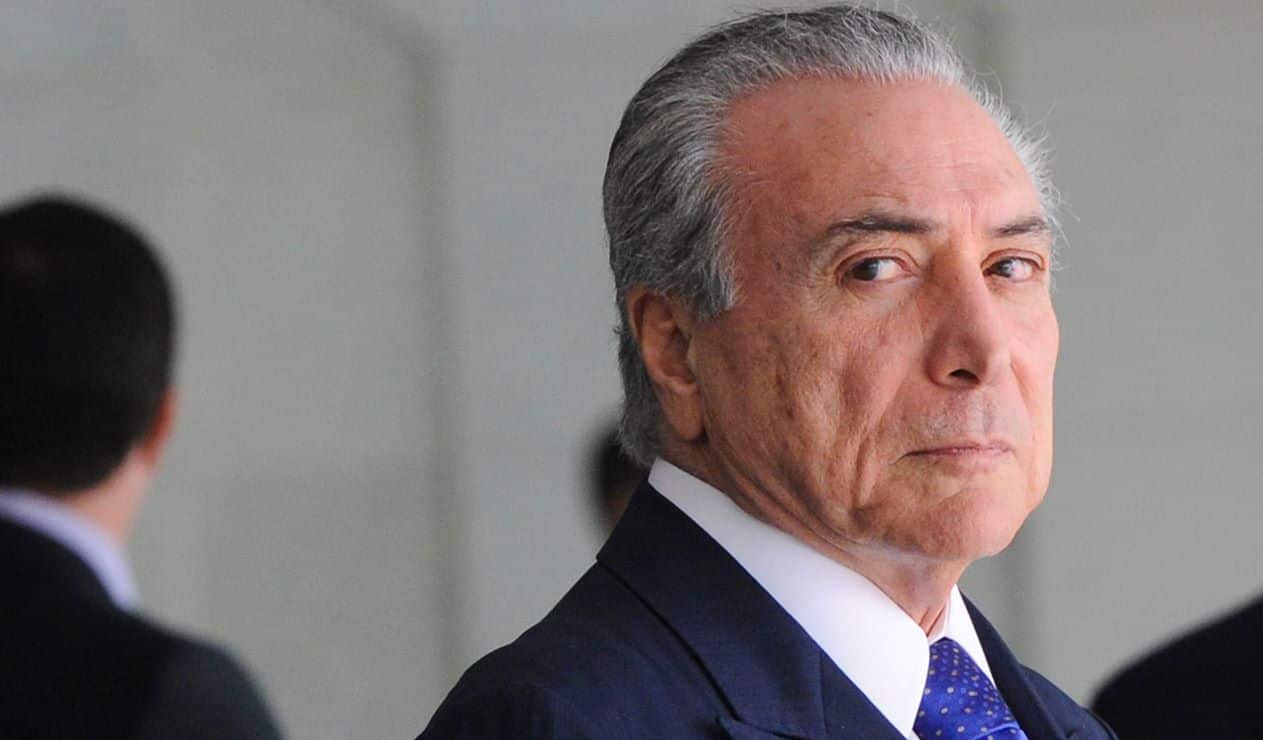
www.vanguardngr.com
Brazilian president Michel Temer ignited a heated debate this past August shortly after the massacre made headlines when he issued a decree abolishing a protected area referred to as Renca- to open the land up to commercial mining. Critics responded saying that this move would speed up the already dangerously accelerated issue of deforestation in the Amazon. A Brazillian senator even referred to this decree as “the biggest attack on the Amazon of the last 50 years”.
Many researchers also agreed with this criticism, as the decree sought to dismantle legal protections set up around protecting a forest area larger than whole European countries, such as Denmark and Switzerland!
9. Renca, Endangered Amazonian Territories
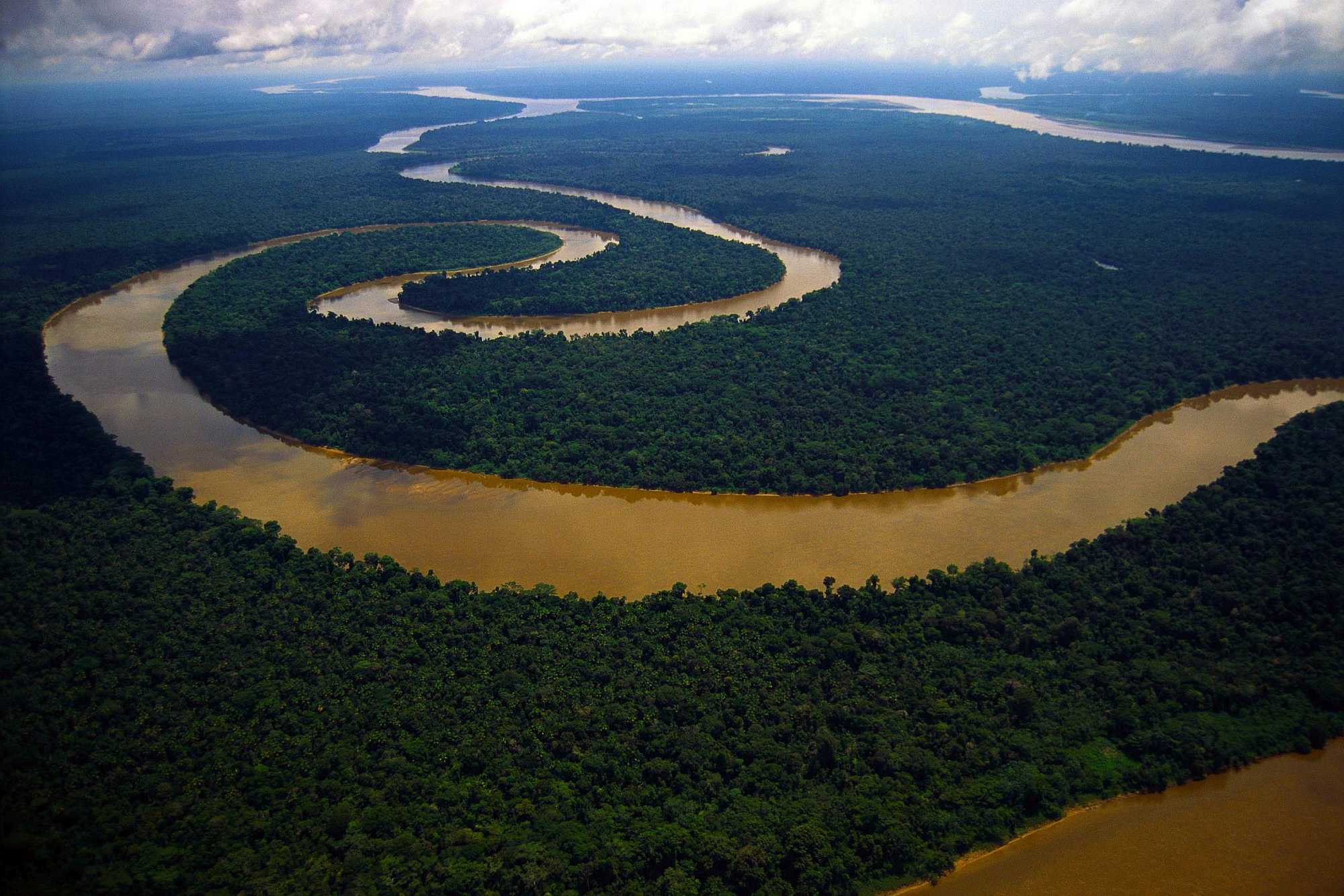
www.gettyimages.com
Renca covers around 46,000 square approximately 17,800 square miles in total, encompassing nine indigenous land areas. Many mining companies have been hoping to dismantle Renca’s protected status established back in 1984 due to its richness in natural resources such as gold, copper, and iron ore. This only means that there is more violence to come.
8. Temer’s Plan
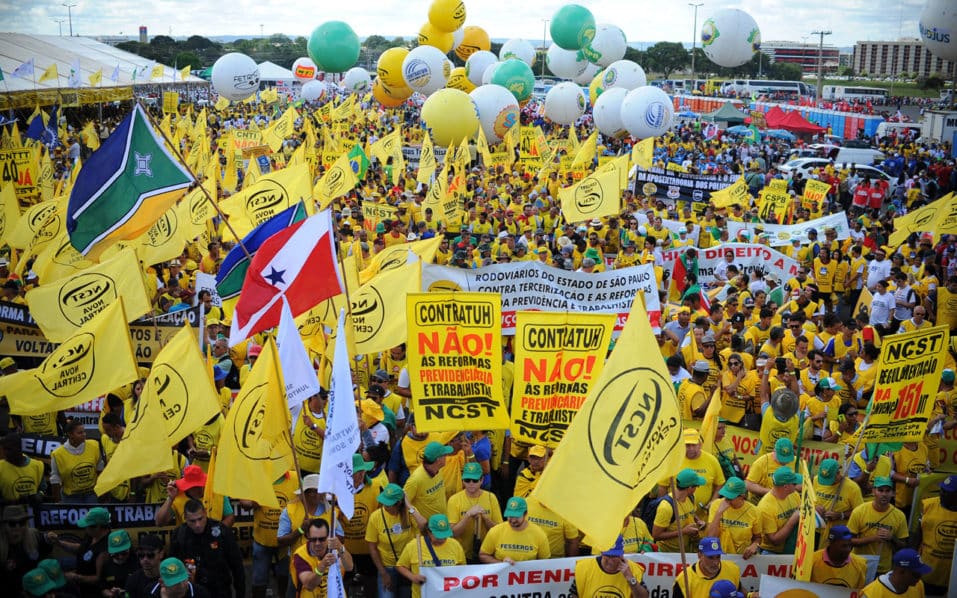
www.reuters.com
The Brazillian government responded to the criticism surrounding the decree by stating: “The objective of the measure is to attract new investments, generating wealth for the country and employment and income for society, always based on the precepts of sustainability”. People are outraged at the idea of denouncing Renca’s protected status, and for obvious reasons. However, there’s hope.
7. Suspension of Temer’s Decree
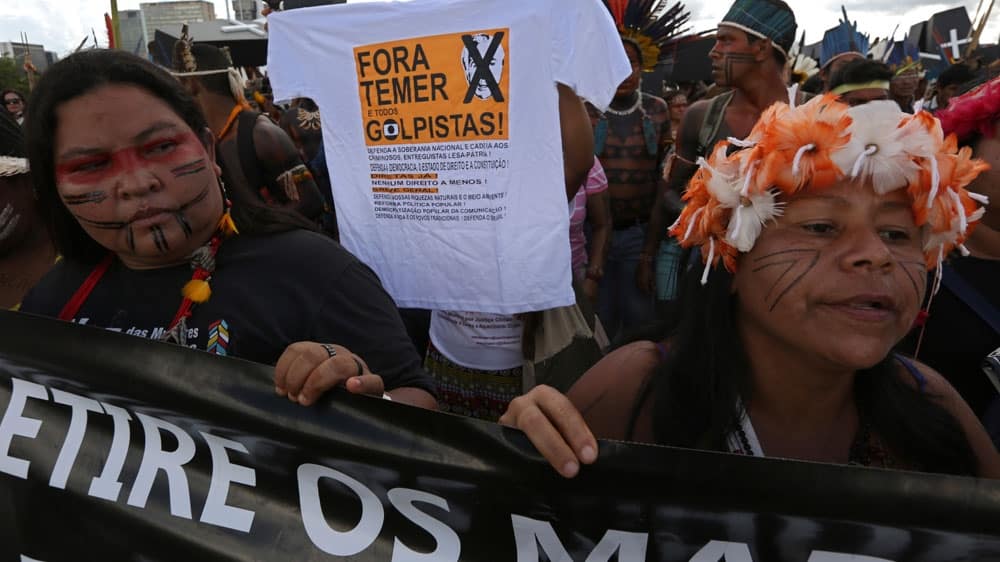
www.aljazeera.com
The decree by Temer has now been suspended by federal judge Rolando Valcir Spanholo, who ruled that Temer had gone beyond his presidential authority in causing the dissolution of Renca. Approving an injunction to halt the abolition, the federal judge ruled that only Brazil’s congress had the power to rescind Renca’s protected status, making the presidential decree temporarily ineffective and the scarcely remaining protections are still in place.
“The suspension of president Temer’s unilateral decree with its severe threats to vast Amazonian forest offers a welcome and temporary reprieve,” said program director Christian Poirier from the non-profit, Amazon Watch. The land and the people that inhabit it are in extreme danger if the decision were to ever change.
6. How Many More?

www.survivalinternational.org
Although the investigation of the September 2017 massacre is still ongoing, many activists and advocacy groups worry that this incident is just one of many that have been taking place. “It’s the uncontacted versus the illegal miners, who think they can get away with anything. Unfortunately, a lot of the time, they do” said Survival International Communications Officer, Carla Delela Lorenzi to the New York Times. It’s a war between two vastly different worlds, with only one moral outcome.
5. Survival International and Uncontacted Indigenous People

www.survivalinternational.org
Apart from FUNAI, there is another force trying to conserve the cultural identity and well being of these uncontacted indigenous peoples. Survival Internation is a human rights organization formed in 1969 that campaigns for the rights of indigenous tribal peoples and uncontacted peoples. Survival International states that: “150 million tribal people live in more than 60 countries across the world. Although their land ownership rights are recognized in international law, they are not properly respected anywhere.”
The organization aims to protect all indigenous and uncontacted people but most notably works with tribes in The Americans, such as the Awá people from Brazil, the Ayoreo people of Paraguay, and the people of The Uncontacted Frontier of Peru which includes uncontacted people like the Fleicheros, who reside along the border of Brazil and Peru.
4. Survival International: Asia
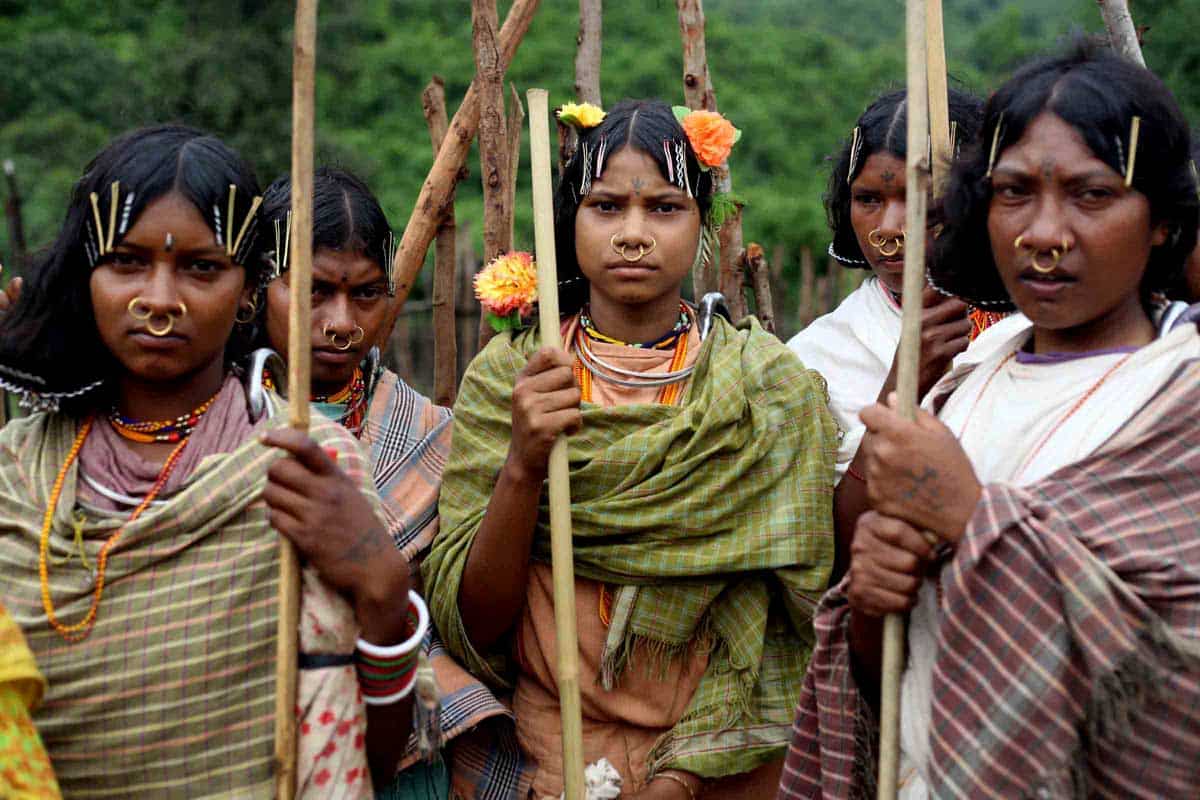
www.wfsnews.org
The problems facing the uncontacted tribes of The Americas are the problems that undocumented people face worldwide, which is why Survival International aims to spread it’s commitment to protecting human rights across the globe. Survival International also works in Asia to protect various indigenous tribes such as the Jarawa people of India, the Sentinelese people of India, the Dongria Kondh people of India, and the Tiger Reserve tribes of India. They’re not stopping there, however.
3. Survival International: Austrailia’s Aboriginal People

www.hawkesburygazette.com.au
Survival International has provided funding for ‘homeland’ projects, where Aboriginal people can return from towns to their ancestral land. The organization has also helped by supporting recent efforts to win recognition of ‘Native Title’ to land in the courts and in parliament. Survival International also supported the campaign of the Mirarr people in the Northern Austrailian Territory against a proposed uranium mine on sacred land. This campaign succeeded halting the mining company in not proceeding with the mine.
2. Survival International: Africa

www.veniceclayartists.com
Survival International also works in Africa to protect the “Pygmies” of Central Africa, the Bushmen of Botswana, and many people of the Congo Basin Tribes. It looks like they’re the one organization determined to save the natural land and culture that many uncontacted people have been thriving on for thousands of years.
1. The International Law for Tribal People

www.nbcnews.com
From the Uncontacted tribes of the Americas to the indigenous people of Asia, Australia, Africa, and North America, there is one campaign that Survival International runs that unites the causes of all these people, and it’s an international law. The organization’s aim with this International Law for Tribal People campaign is to bring awareness to ILO Convention 169- the only international law designed to protect tribal peoples’ rights, and get governments across the world to ratify it. This is essential in preventing massacres like the one in September 2017 from ever happening again.
